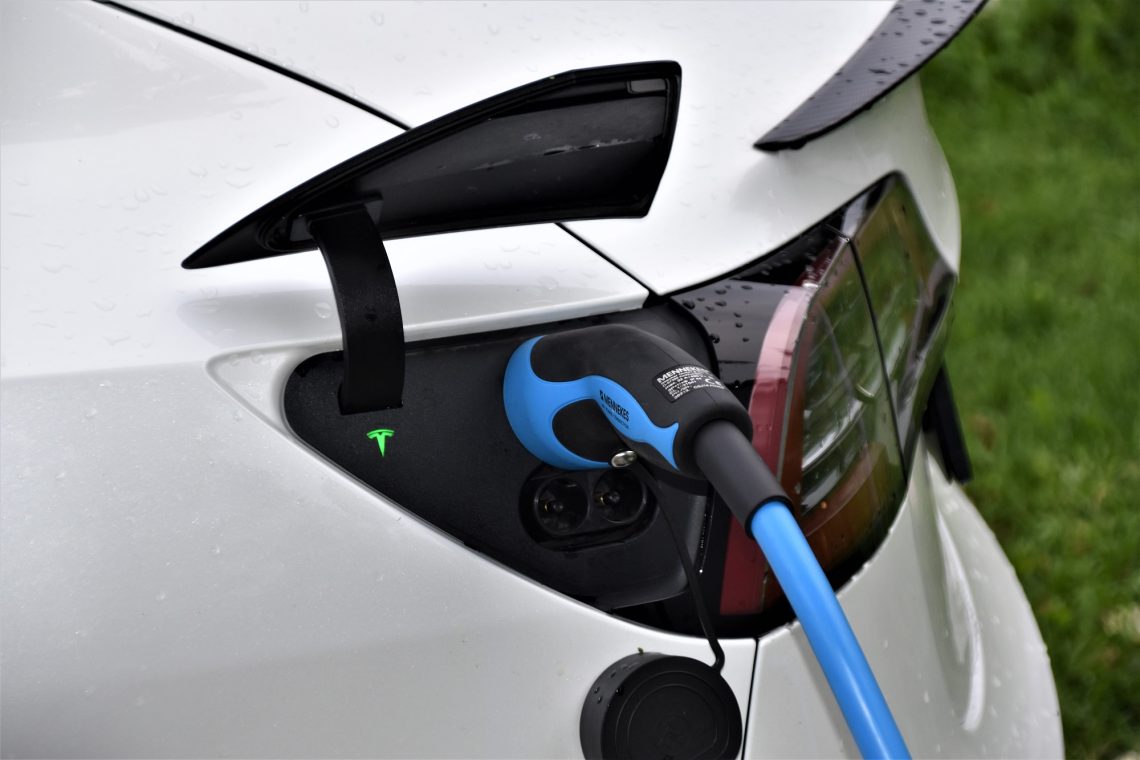
What Are The Benefits of E-Mobility?
While some people may still be in denial, climate change is real. Yes, there is much controversial information regarding the topic, but the threat is real.
Unless we combine and try to reduce our carbon footprint, the planet’s surface temperature could increase by two degrees Celsius. This might not sound like a lot, but a rise by two degrees
Celsius is considered the most our dear earth can tolerate without putting our sea levels, wildlife, and food production at risk.
Luckily, there are various ways we could reduce our carbon footprint significantly. One of the
most effective ways is through switching to green energy. The world is facing a limitation on the availability of fossil fuels, and green electricity is becoming cheaper to produce, making it an ideal alternative.
Reducing transportation or using e-mobility when moving from one point to another could go a long way in reducing the carbon footprint in the world.
You could reduce your carbon footprint by getting yourself an electric car. One car you should give a try is Smart #1. Smart #1 is a battery-powered electric car made by Smart Automobile. Smart Automobile is a Mercedes-Benz subsidiary, so you can expect nothing but quality. It uses DC superfast charging and you can charge the car within 30 minutes.
That said, reducing the carbon footprint is not the only advantage of e-mobility. This article
explores the benefits of e-mobility to help you make an informed decision.
What is e-mobility?
Also known as electro-mobility, e-mobility consists of electric-powered transport technologies such as cars, scooters, motorcycles, and bicycles.
Benefits of e-mobility
There are many reasons you should consider switching to e-mobility. Some of the most convincing benefits include the following:
E-mobility is safer for the environment
Perhaps the most obvious benefit is their positive impact on the environment. Electric-powered transport technologies produce no tailpipe emission, which does not contribute to air pollution or smog formation.
Instead, they rely on electricity from batteries to power the motor, which can be generated from various sources, including renewable energy sources such as wind, solar, and hydropower. This means that as the proportion of renewable energy in the power grid increases, the environmental impact of electric-powered transport technologies decreases.
E-mobility is more energy sufficient
Electric-powered transport technologies are more energy efficient than internal combustion engines. Internal combustion engines convert only about 20 per cent of the energy in gasoline to power the wheels. In comparison, electric-powered transport technologies convert over 60% of the electrical power from the grid to power the wheels.
An electric vehicle can travel farther on the same amount of energy than a traditional gasoline-powered vehicle. Consequently, less energy is needed to travel the same distance, which helps to cut down on energy consumption and decrease the overall carbon footprint.
E-mobility has less noise pollution
Electric-powered transport technologies emit much less noise pollution than internal combustion engines. This is particularly beneficial in urban areas where noise pollution is a major issue.
The quietness of the electric-powered transport technologies can help to improve the overall quality of life by reducing the amount of noise pollution in the streets and making it easier for people to hear one another when they are talking. The noise reduction also benefits nature as it can decrease the disturbance of wildlife when traveling through nature areas.
Electric-powered transport technologies are fun to drive
Electric motors provide instant torque, and this provides good acceleration. This makes electric-powered transport technologies, especially cars, more fun to drive and gives them a sportier feel.
This instant torque can also make electric vehicles (EV) much more responsive and agile in city traffic, which makes them ideal for city driving.
Governments highly recommend e-mobility
Some governments offer tax credits, rebates, and other incentives to encourage EV purchases. These incentives can significantly reduce the cost of an EV, making them more affordable for a wider range of consumers. These incentives also promote the adoption of cleaner modes of transportation, thus reducing the environmental impact.
Low-cost of ownership
While the initial purchase price of an EV may be higher than that of a traditional vehicle, EVs are cheaper to operate in the long run because electric power is cheaper than gasoline, and EVs require less maintenance.
For example, electric vehicles have fewer moving parts than internal combustion engines, meaning fewer things can go wrong and fewer things need to be maintained or replaced. This helps keep operating costs low and can lead to significant savings over the vehicle’s life.
E-mobility is more sustainable
Because electric-powered transport technologies run on electricity, they do not produce emissions from combustion. They emit no pollutants from the tailpipe, which means they do not contribute to smog, acid rain, or other air pollution. As a result, electric-powered transport technologies can help reduce respiratory illnesses and other health issues caused by air pollution.
Wrapping Up
In conclusion, electric-powered transport technologies have many benefits, including environmental, energy efficiency, cost savings, low noise, torque, and government incentives. These benefits make them an attractive alternative to traditional gasoline-powered cars, and as technology improves, their buying cost reduces.
Until next time.




